June 16-22, 2024
Slow Steps into Simmering Summer

Making it through a week so full of extremes that it's hard to capture everything in a single newsletter.
Week in Review
It seems as if we experienced a bit of everything this week: passing downpours, hailstorms in the mountains, thunder, and gorgeous sunsets—with a few hot spells thrown in for good measure. And through it all there's been so much going on in the natural world!
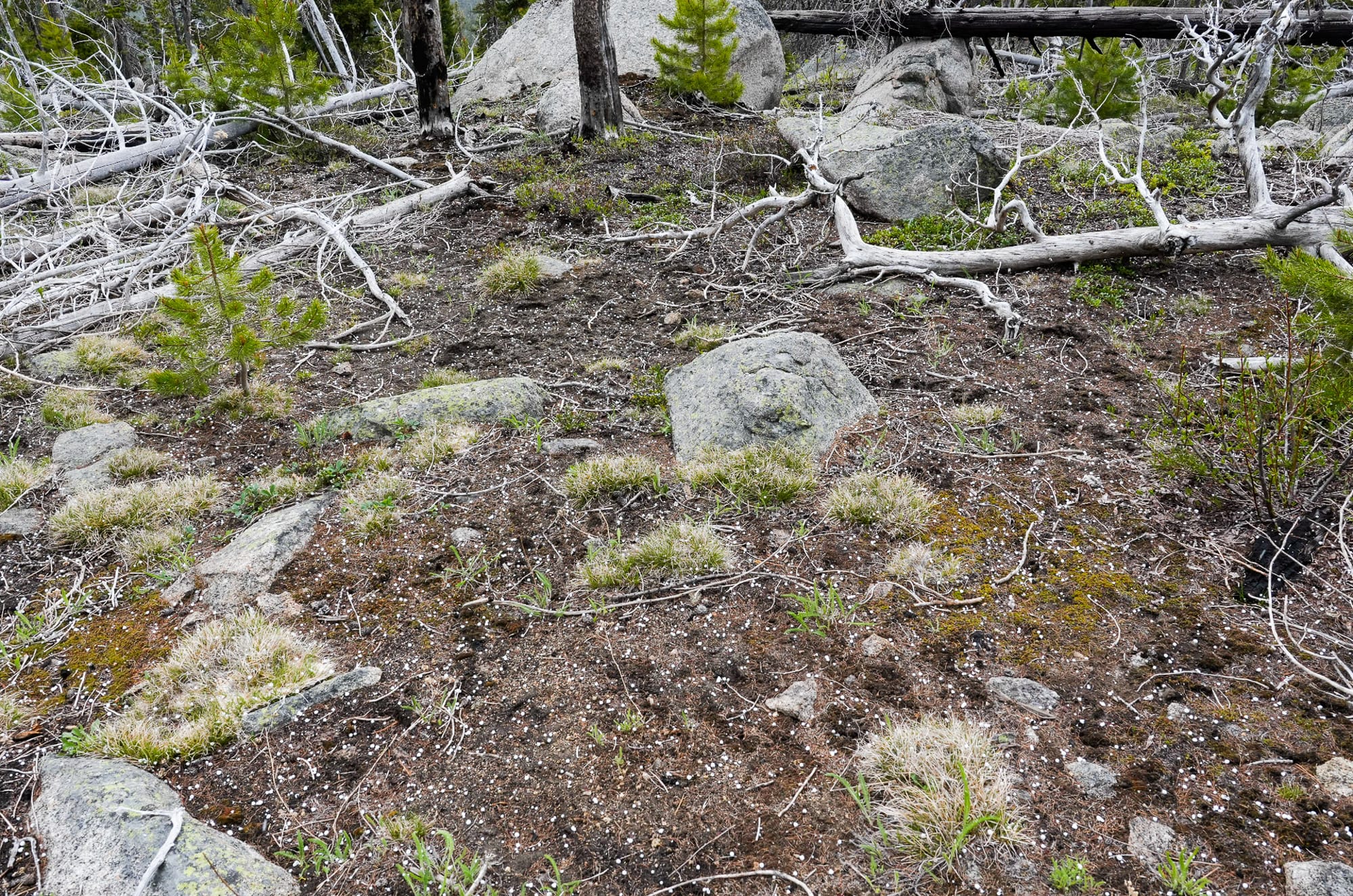
I don't even know where to start with describing all the activity going on right now. Over several outings this week, I took hundreds of photos and made many audio recordings of birds and insects. All I can say is that there's a lot to see this time of year!
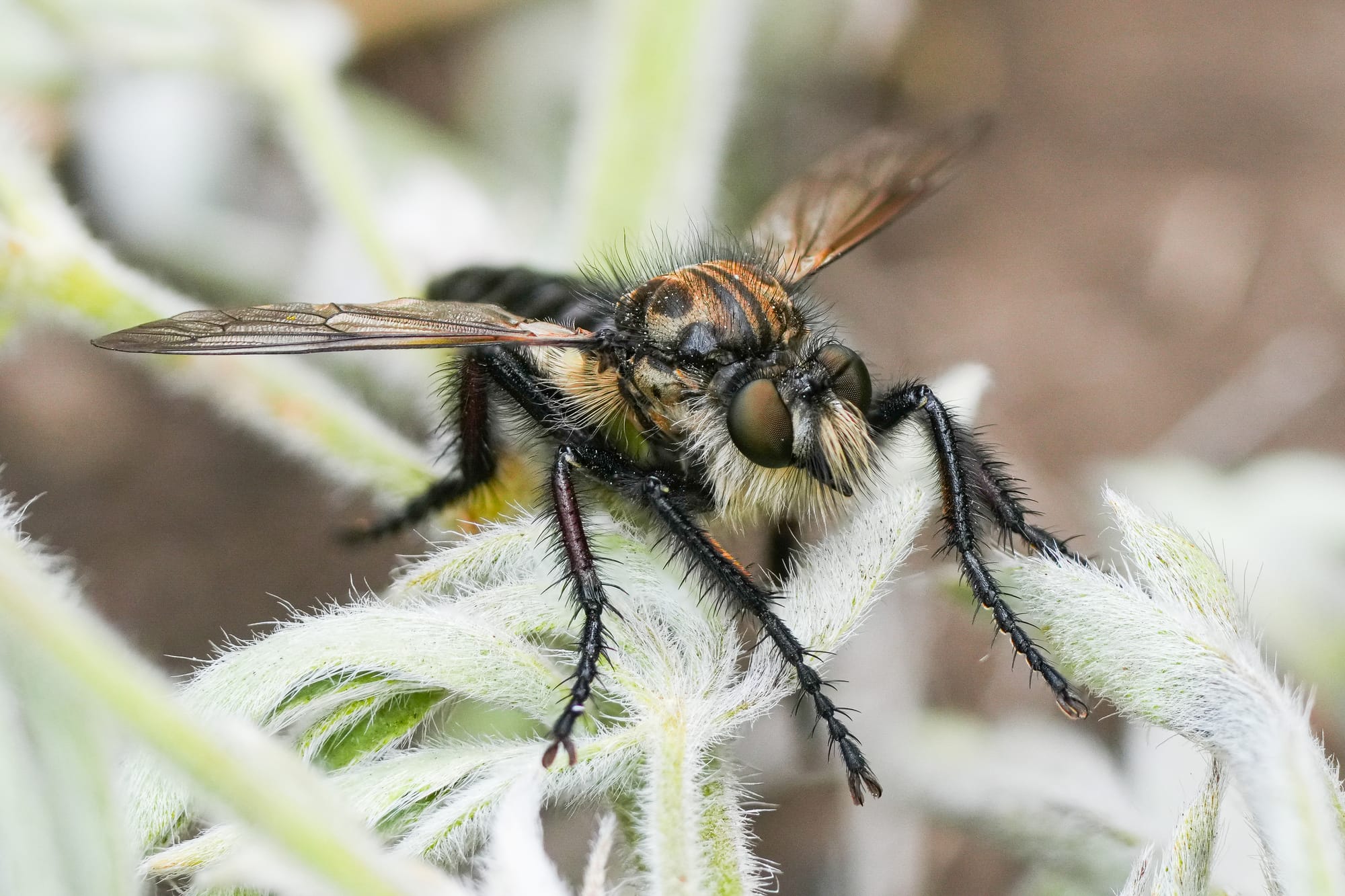
At the same time, there was a discussion on the Facebook group about the seemingly low numbers of many common insects. This was sparked by a report of baby swallows dying and questions about whether there's been enough food for birds this year. For example, it doesn't seem like we've had hardly any mosquitoes, house flies, or yellowjackets and this must be true for many other insects as well.
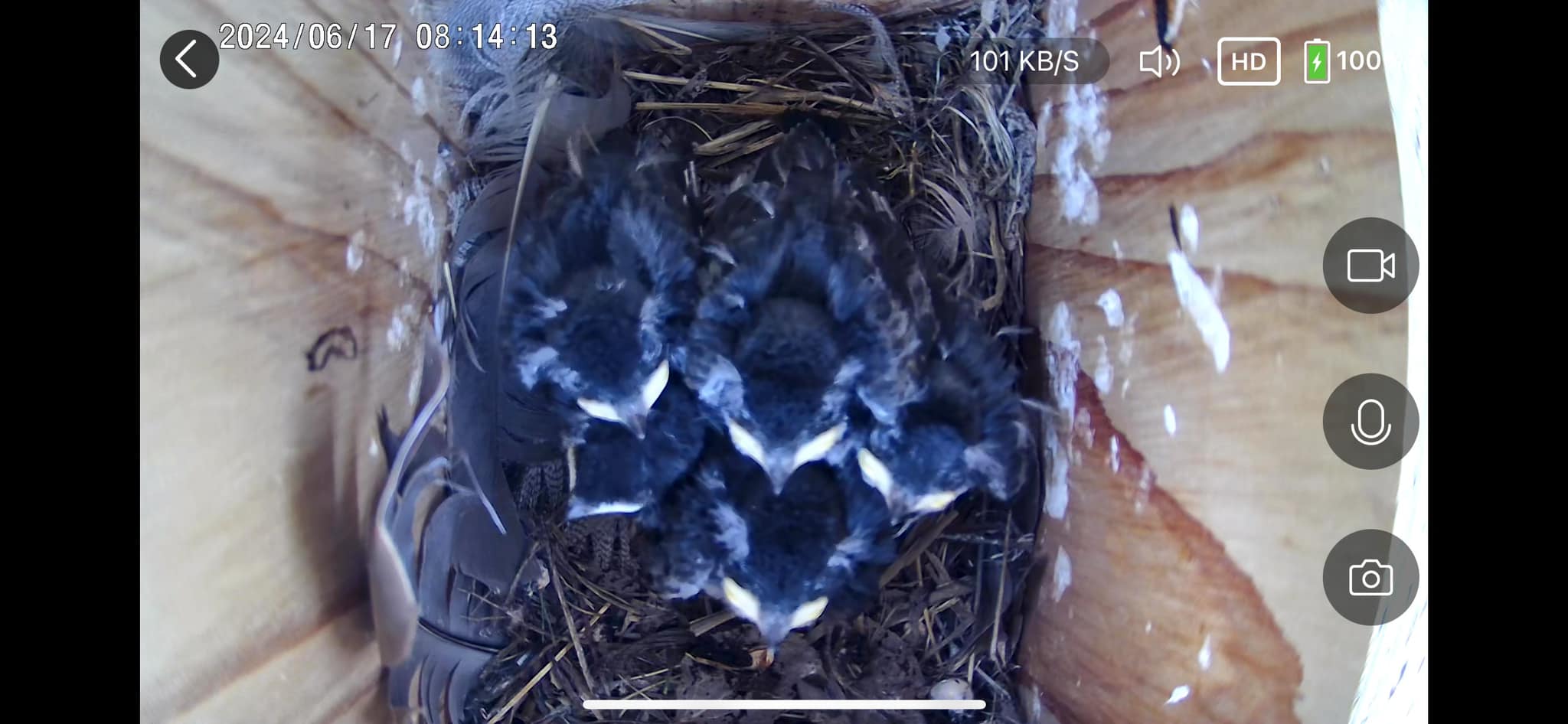
However, on one walk along the river, I was still delighted at how many types of insects I was able to find, ranging from dozens of tiger beetles running back and forth on the wet sand, to countless native flies and wasps, to damselflies and butterflies.
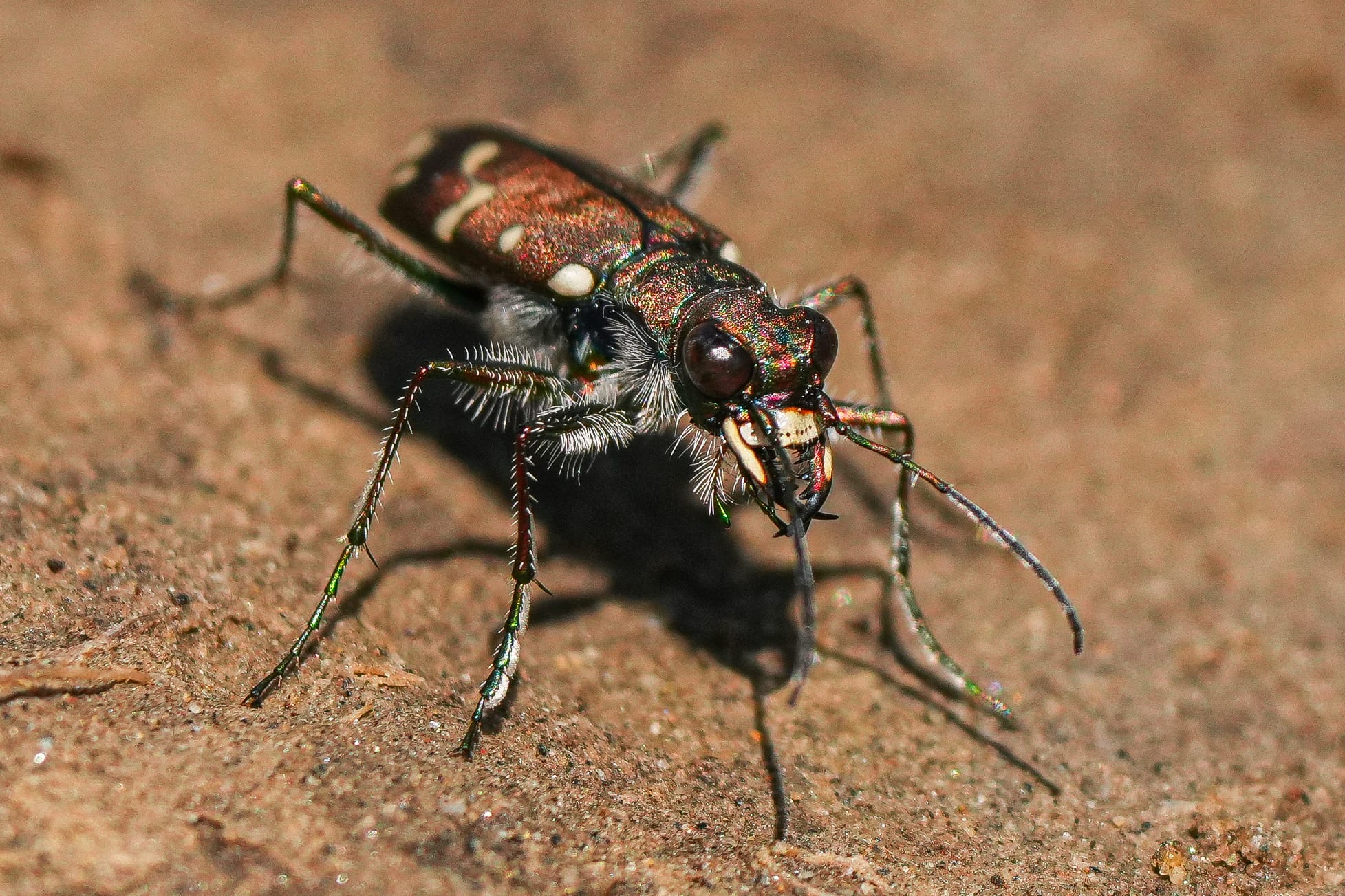
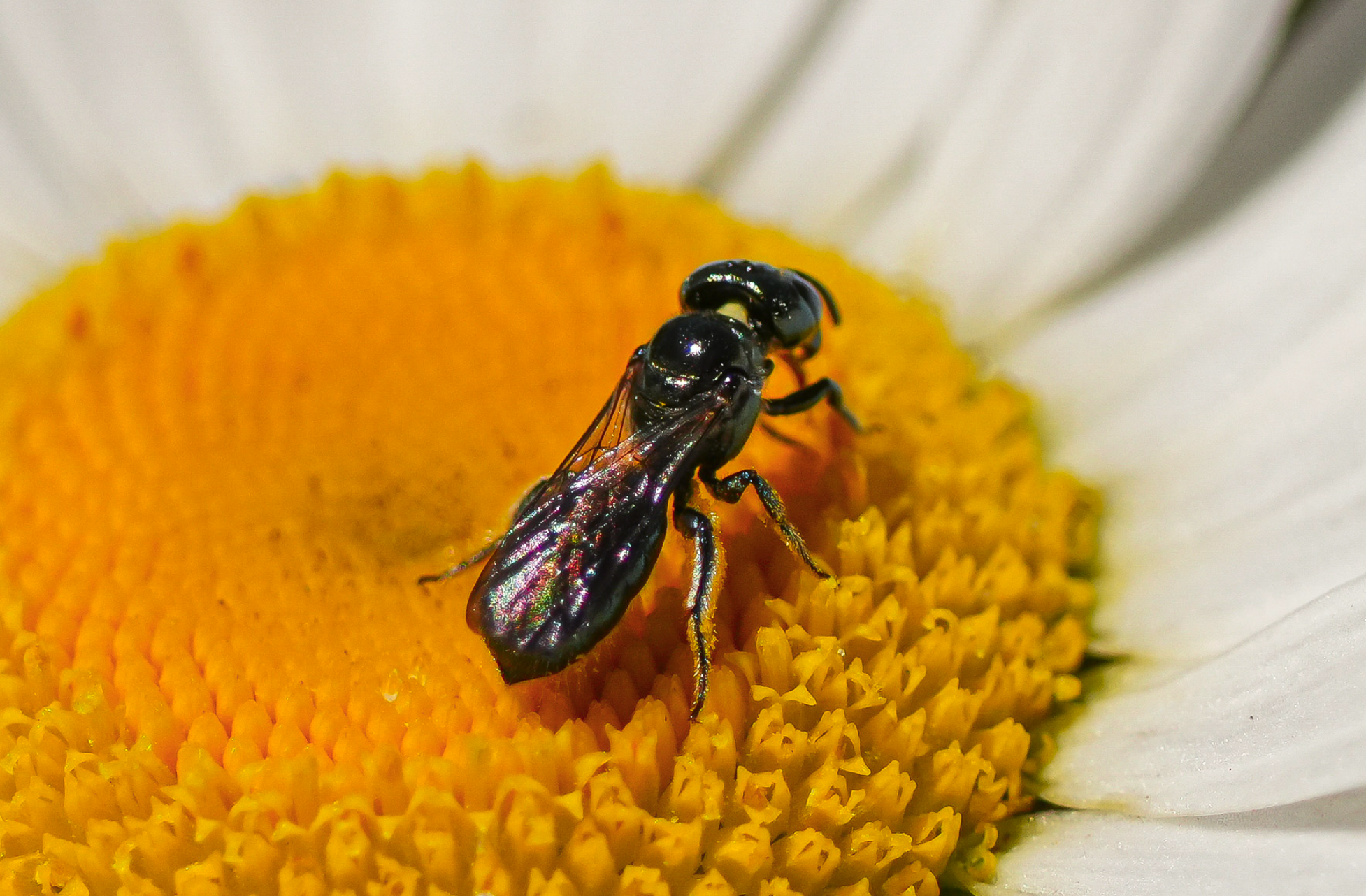
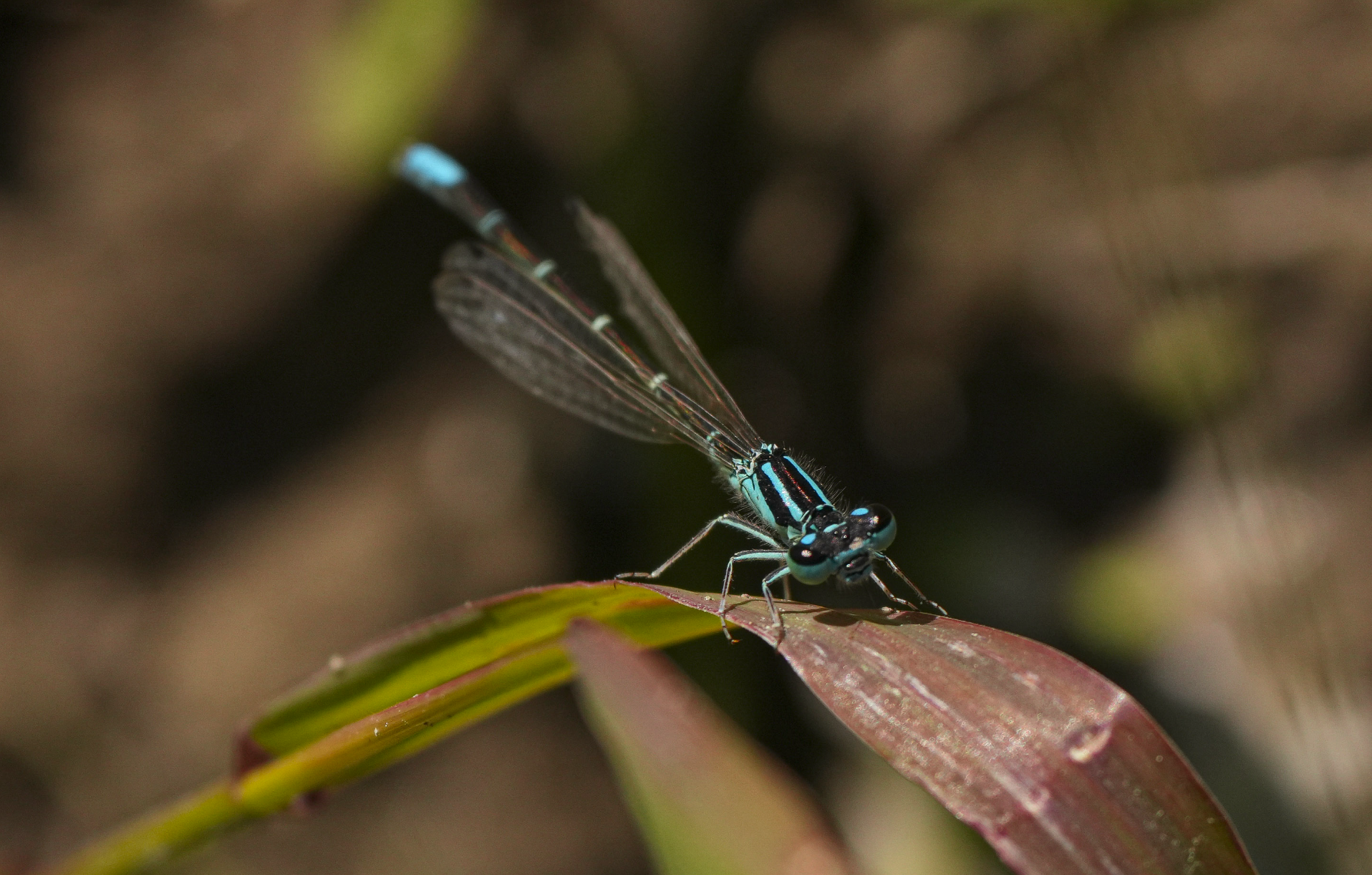
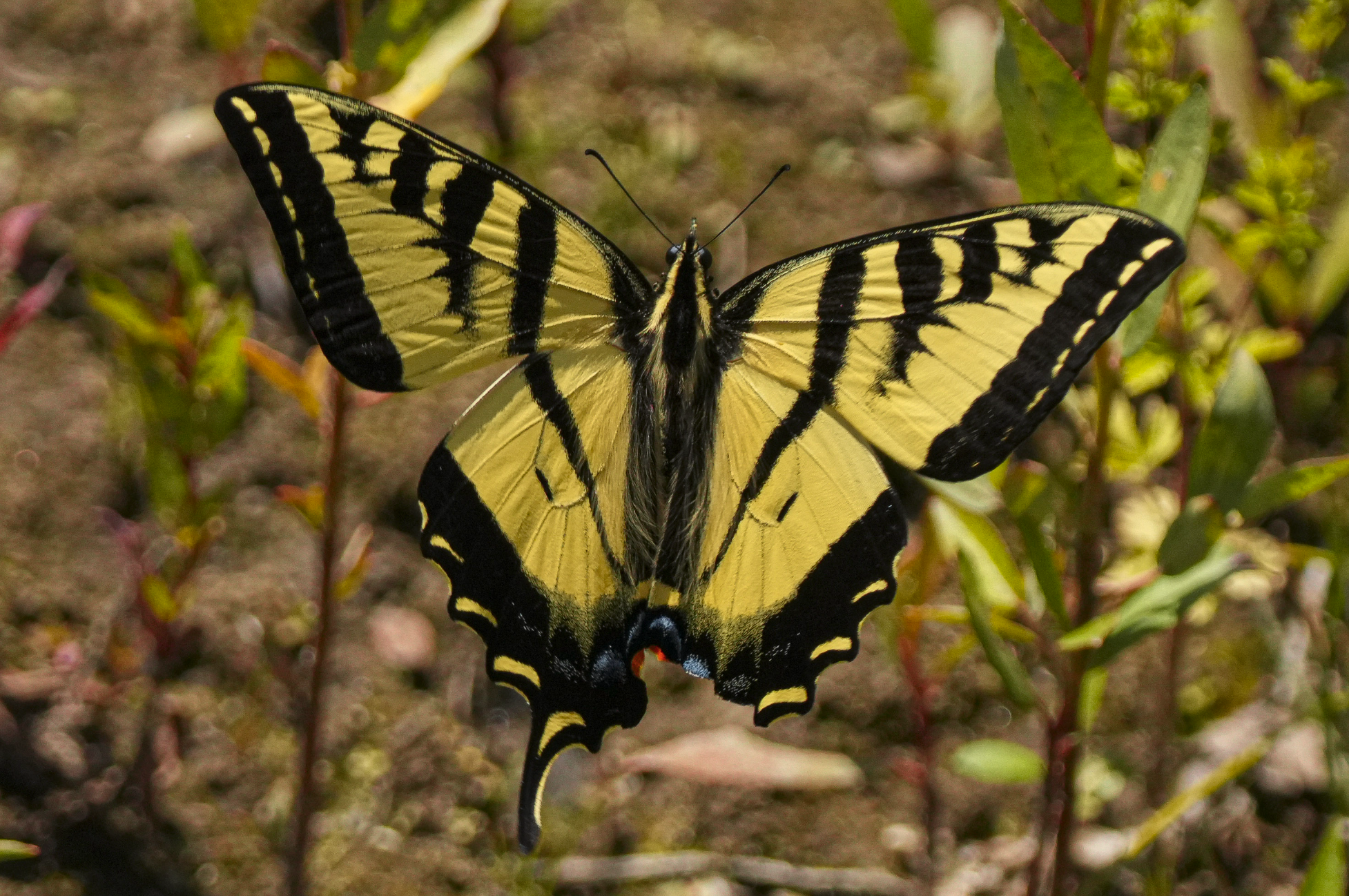
It might be a matter of a few lucky sightings, but have there been more fence lizards than usual this summer? I consider myself fortunate to see 1-2 of these lizards in a single year, but this week I've seen as many as four on a single walk. I've also spotted a northern alligator lizard, and a horned lizard, so it's been a good year for lizards.
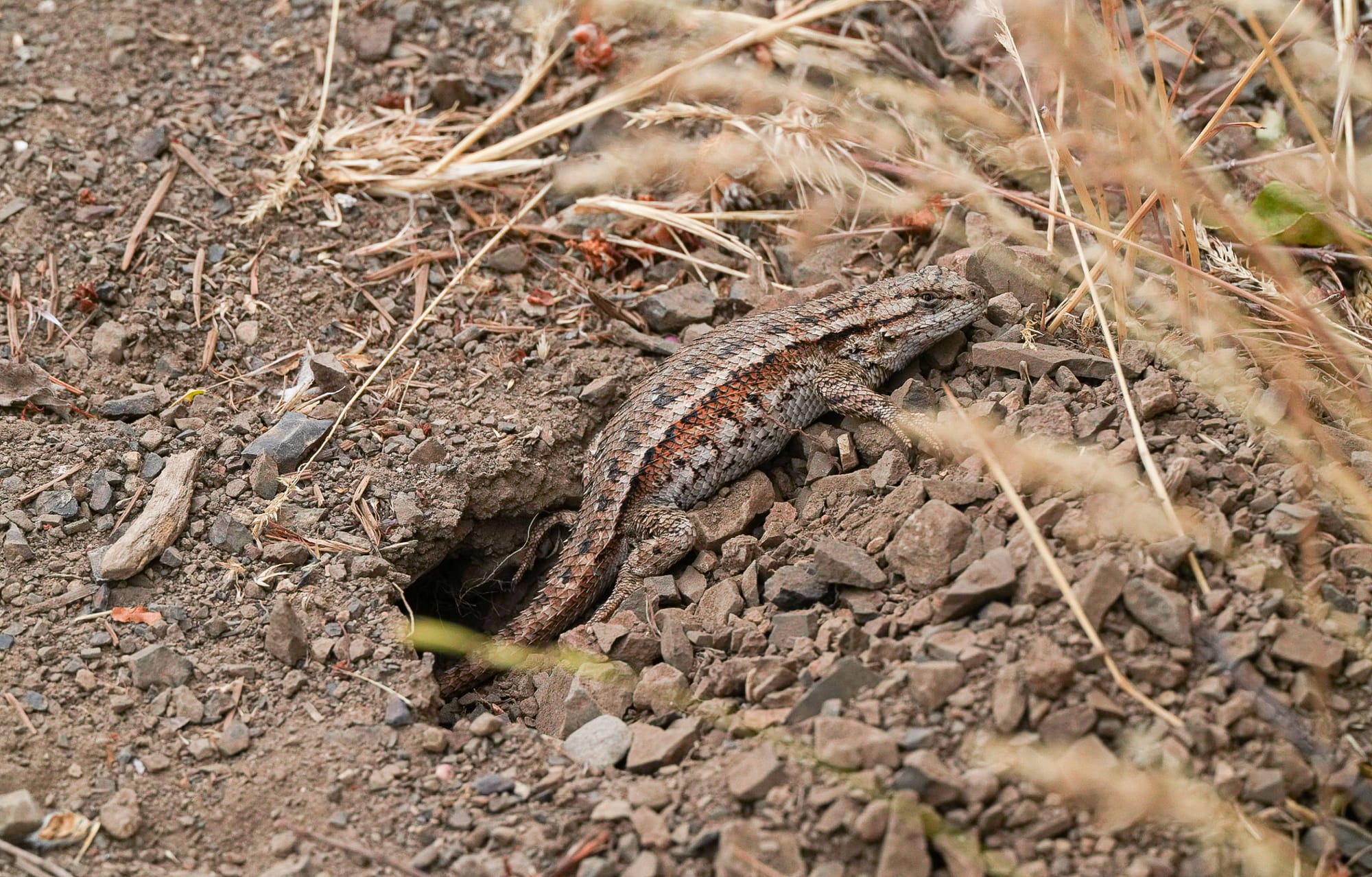
This is also the time of year when there are many baby birds leaving the nest, and a lot of these babies can be heard loudly begging. I also had one lovely experience where a baby black-capped chickadee tried to fly past me in a strong wind but couldn't make any headway, so it ended up hovering in one spot right next to me.
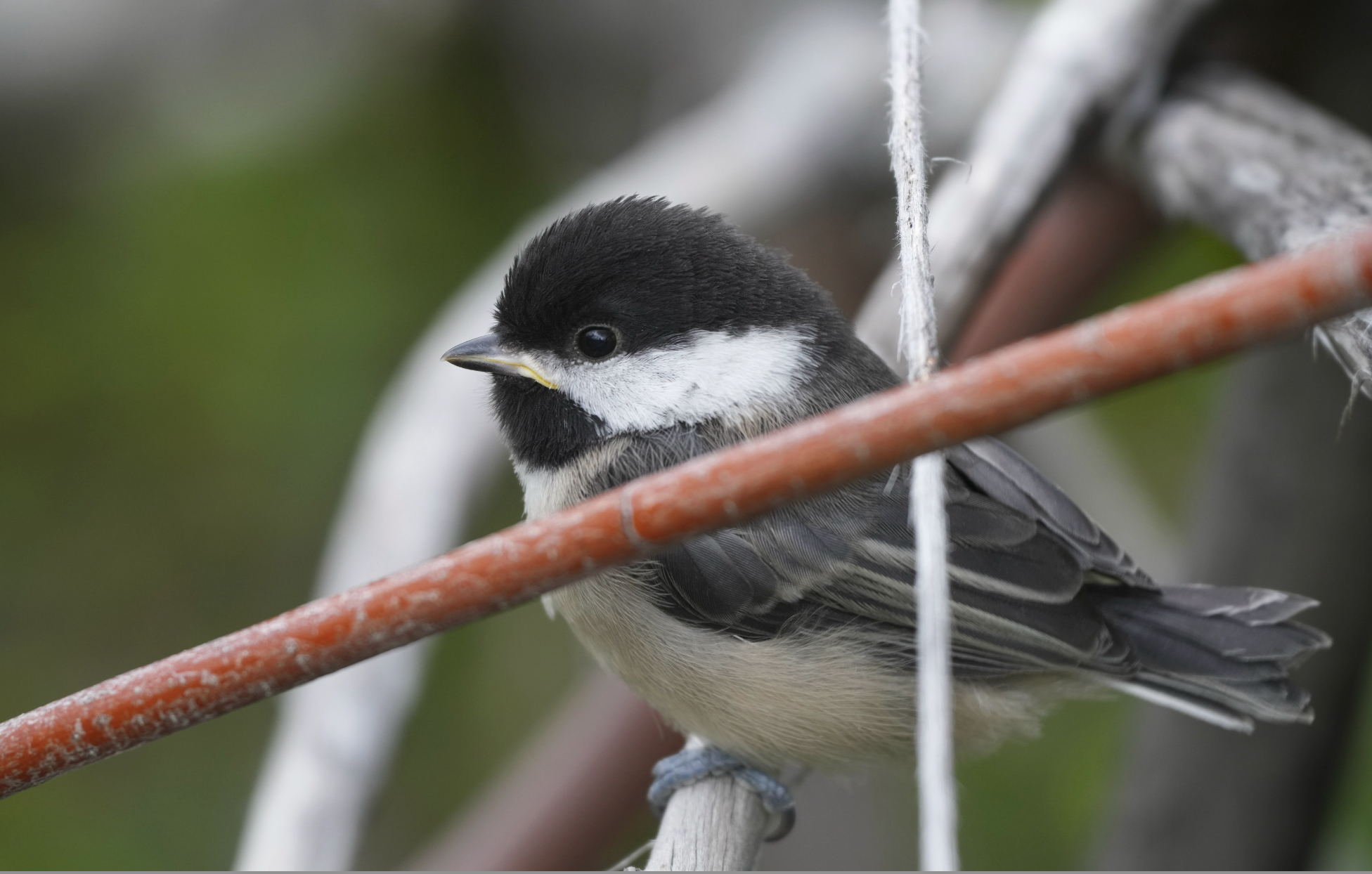
Thickets of lush green trees are brimming over with singing birds right now, and along the Methow River there were red-eyed vireos and yellow warblers providing a continuous background soundtrack behind loudly calling yellow-breasted chats. Chats are large, beautiful warblers that sing loudly but are almost impossible to spot so I'll include this snippet of this hidden bird you might be hearing.
Observation of the Week: Black Cottonwood
One fun aspect of producing a weekly newsletter is looking at last year's issue for this same week and noticing that we were seeing cottonwood seeds blowing around at the same time last year.
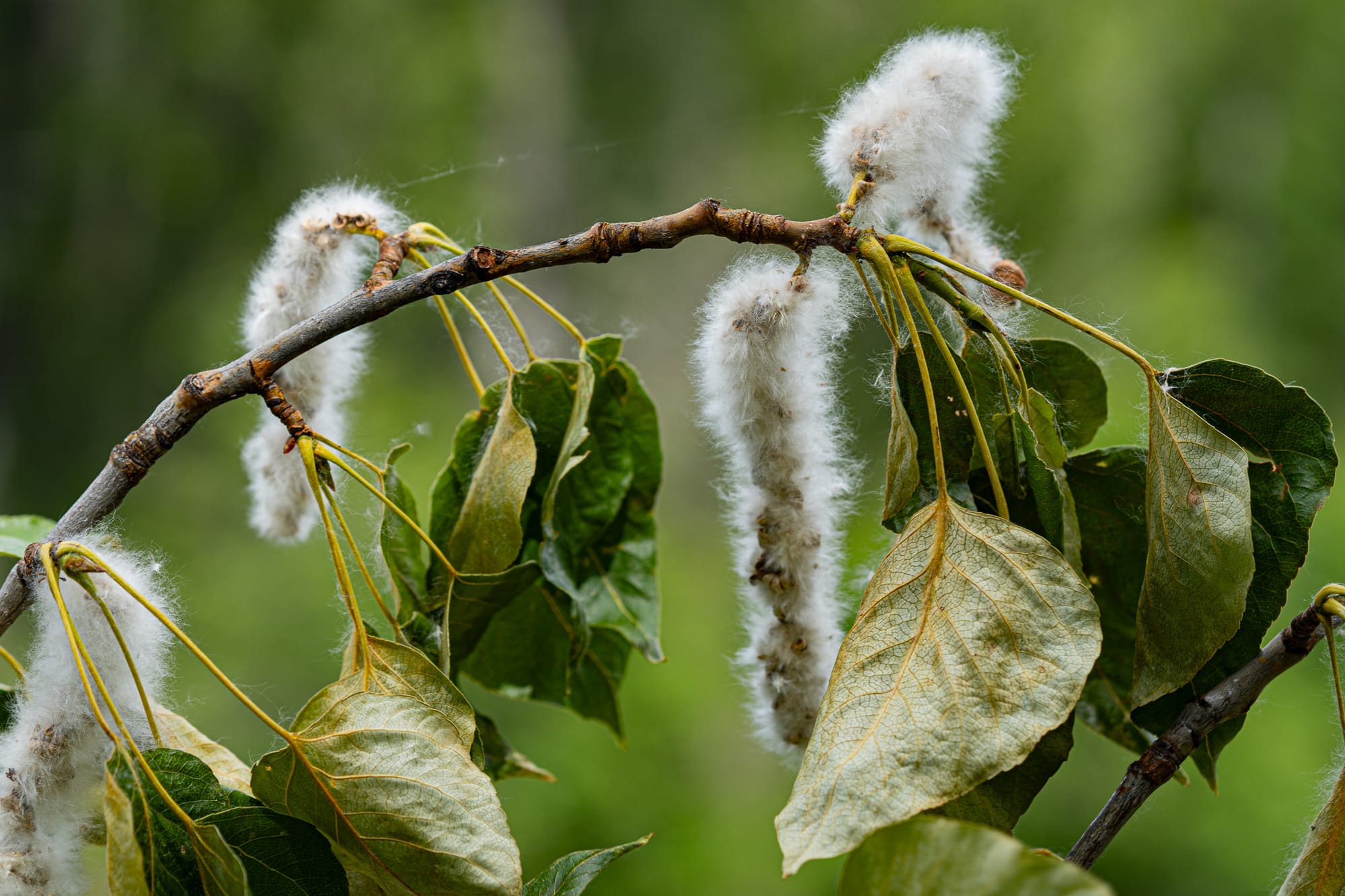
Cottonwoods are mercurial, fast-growing trees that mirror the dynamic energy of the rivers they grow along. They grow quickly, produce huge numbers of seeds, and are easily felled by winds and floods.
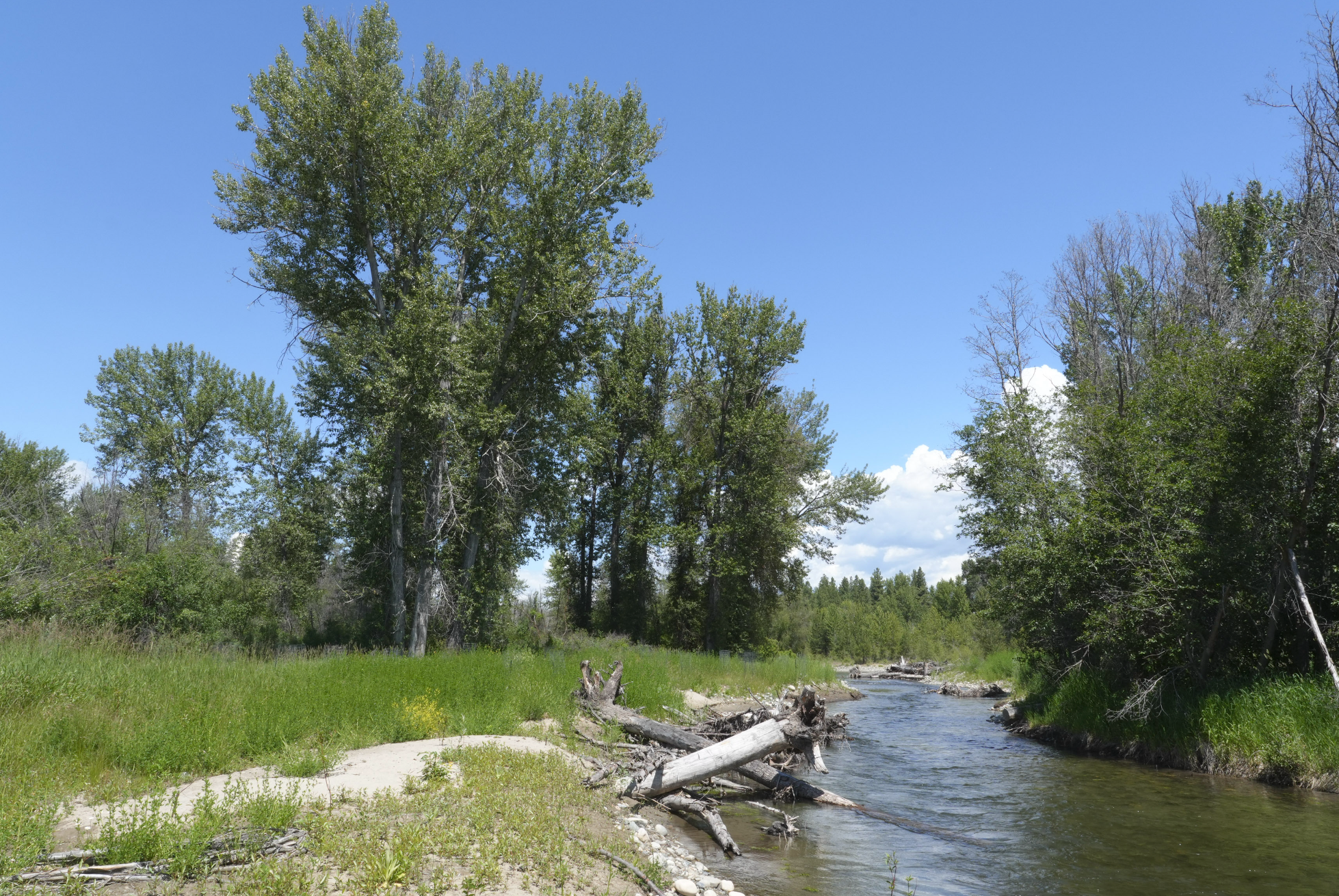
Because rivers are fickle, with dramatic swings in water levels, cottonwoods try to make it through their entire life cycle as quickly as possible. This also means that they're absorbing and processing a tremendous amount of sun energy and nutrients and making those elements available to other plants and animals.
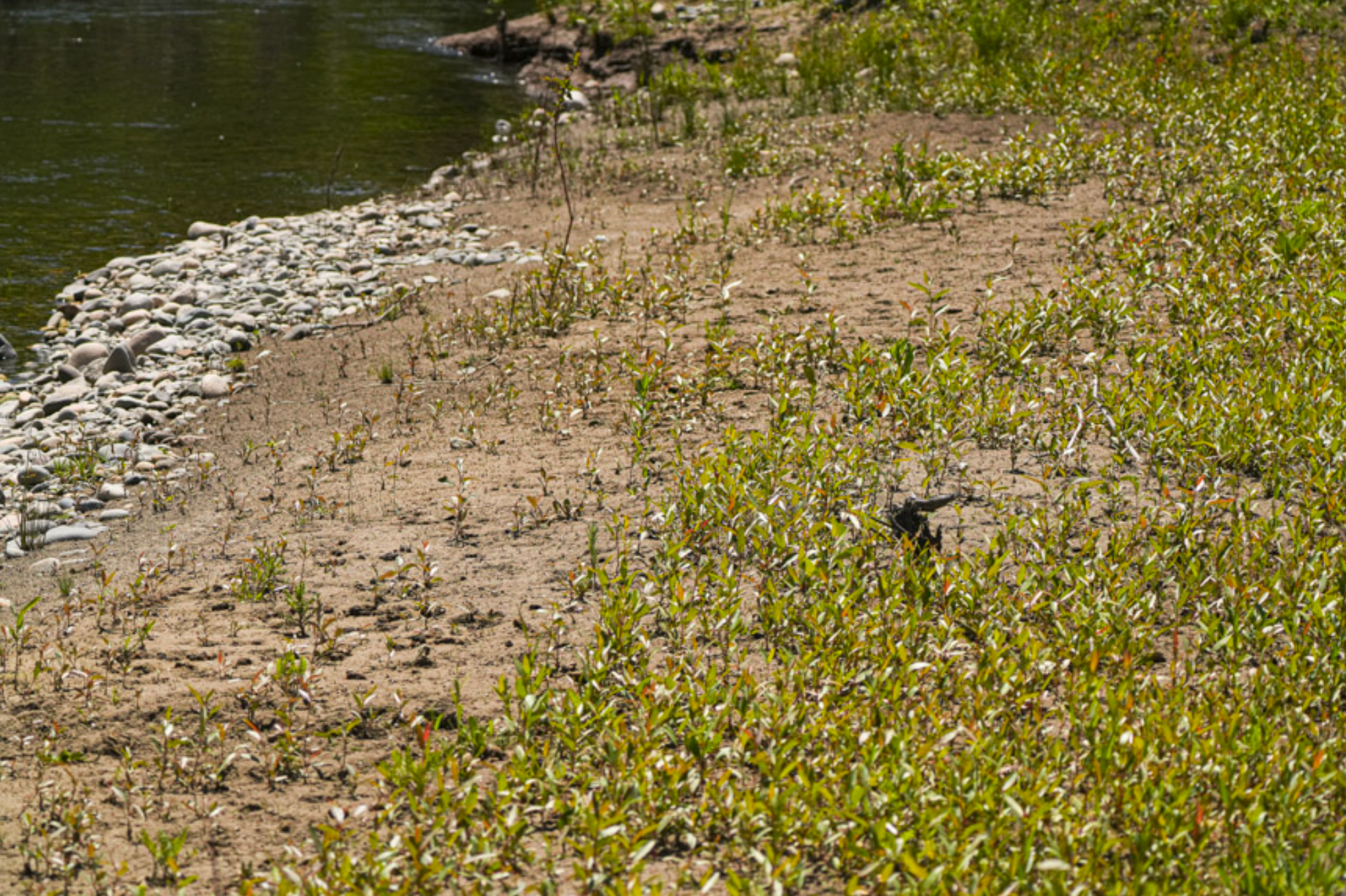
It's fair to say that cottonwood trees help hold together the ecological web along our rivers so it's worth honoring this very important tree.

